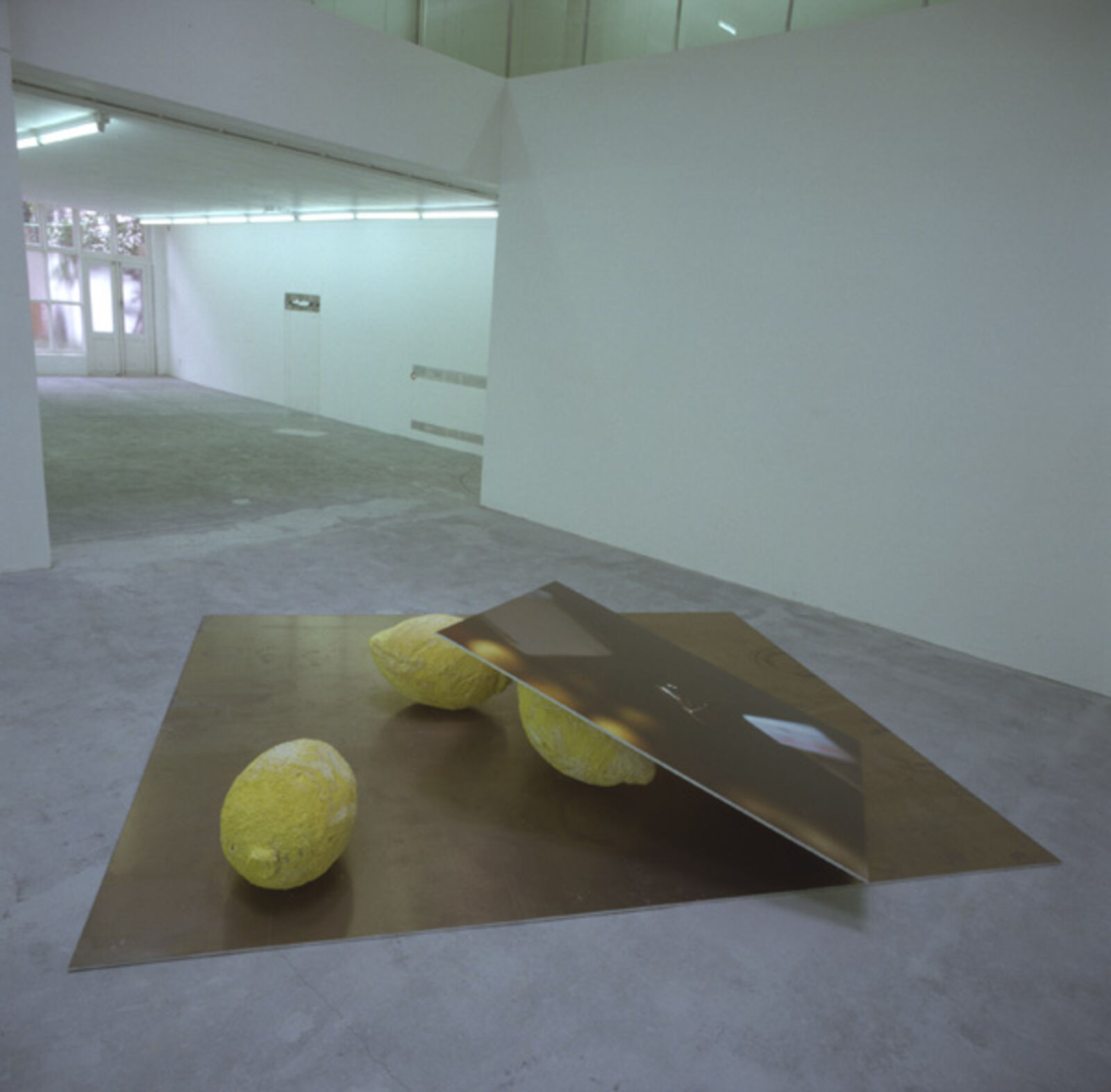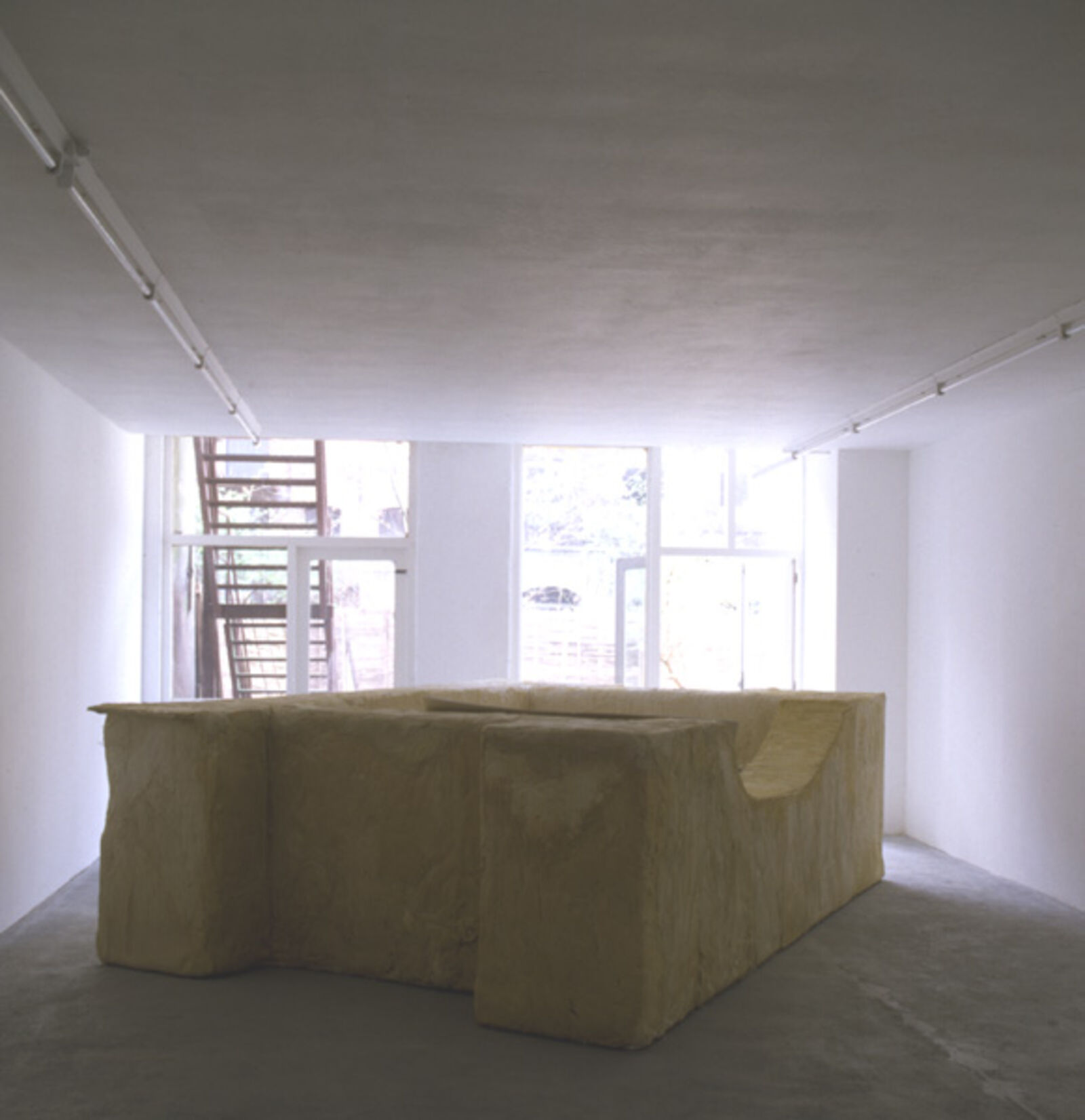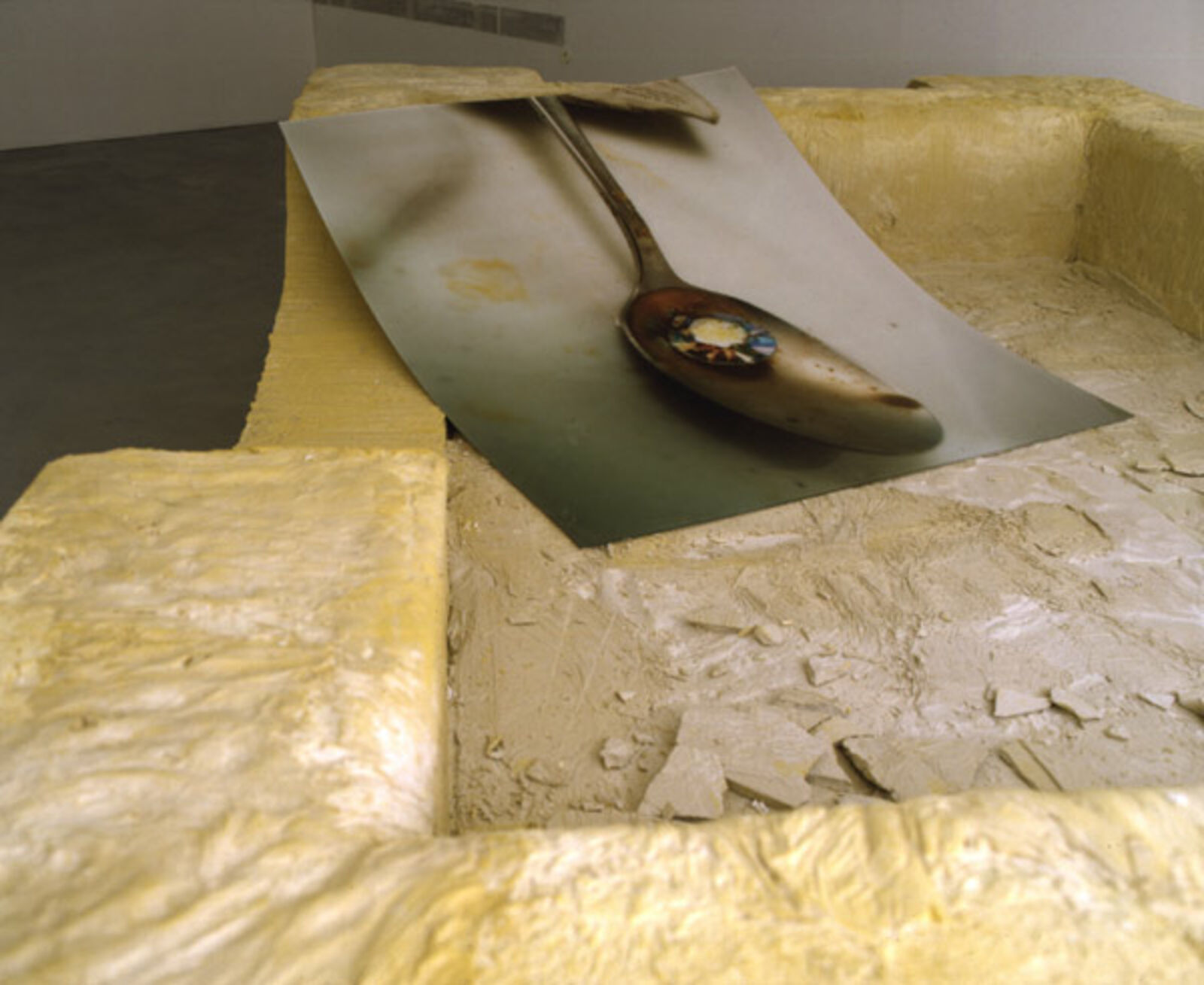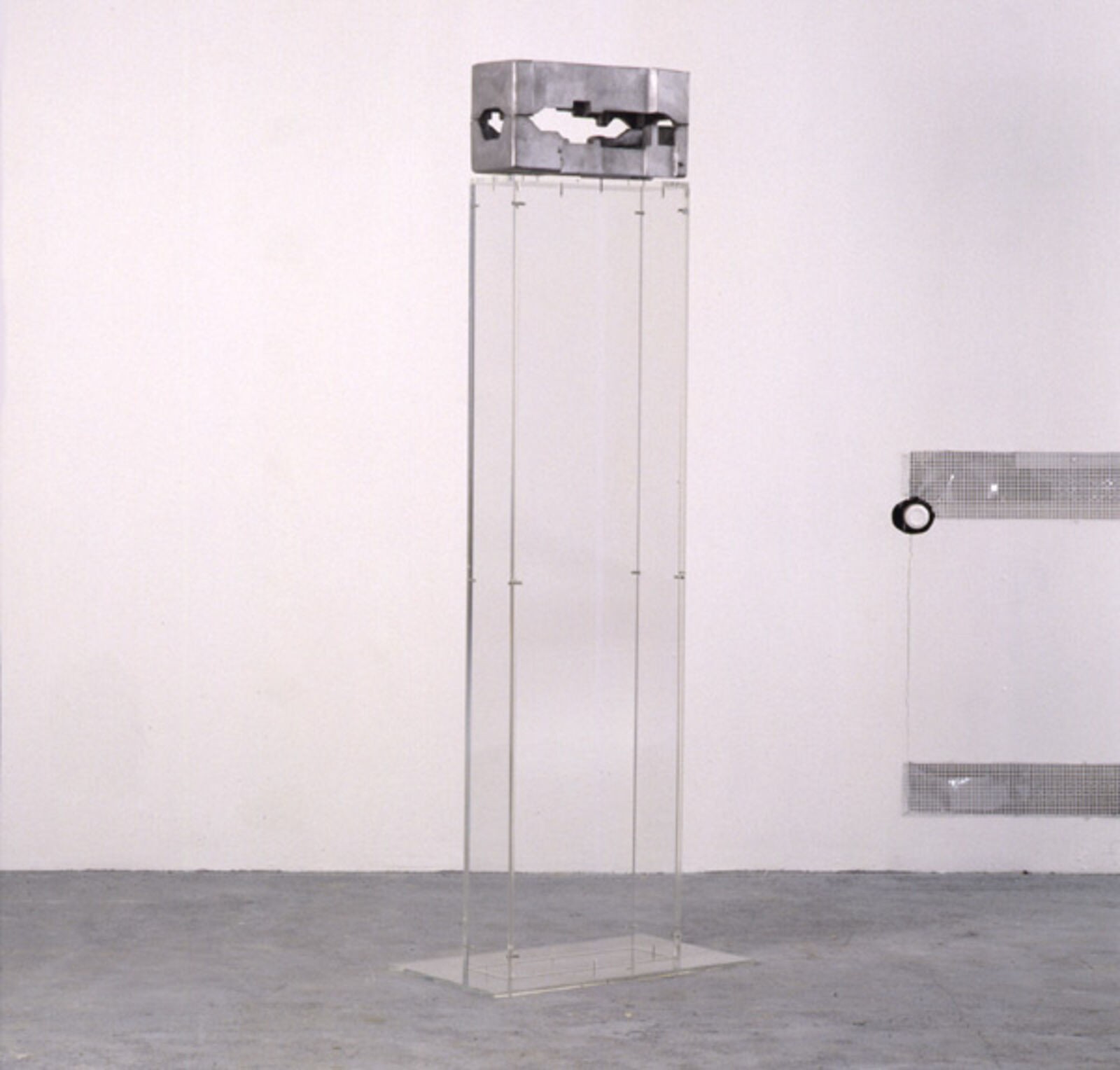Raimund Kummer "Raimund Kummer"
01–30.04.1989
de Appel, Prinseneiland 7, Amsterdam
de Appel, Prinseneiland 7, Amsterdam

Untitled
© Henni van Beek, Amsterdam
© Henni van Beek, Amsterdam

Zabaione I
© Henni van Beek, Amsterdam
© Henni van Beek, Amsterdam

Zabaione II
© Henni van Beek, Amsterdam
© Henni van Beek, Amsterdam

Title unknown
© Henni van Beek, Amsterdam
© Henni van Beek, Amsterdam
‘In 1984 Raimund Kummer (1954) got Florian Kleinefenn to make seven photos of himself for the catalogue of an exhibition in Berlin, 7 Positions. The photos look as though they were made for a casting agency for film actors. The artist Kummer appears in different guises simulated by means of image-forming techniques. When he was really asked to play in this film the simulator turned out to be a rea1 actor and the actor a product of his own simulation. During the last years Florian Kleinefenn has collaborated with Fritz Rahmann; the Camera Obscura organized by De Appel in 1985 was one of their projects. In a darkened railway compartment images from the outside were projected via the camera obscura principle. In 1980, together with Rahmann and Hermann Pitz who made an installation in De Appel in 1987, Kummer started a production bureau for art, Büro Berlin. One of the points of similarity in their work is their interest in the techniques of photography and film. Alteration in scale, blowing up and reduction of images, and theatricality of presentation are features they have in common. Kummer for example put a two-dimensional photo on heavy supports or plinths, so that it acquired the weight of a piece of sculpture. By placing it behind a piece of glass 10 or 20 millimetres thick the image acquires a reflection and the disclosure of a blow-up turns into an illusion. For Documenta 8 in 1987 Kummer developed an outdoors sculpture with big steel T-beams which are painted with a camouflage pattern like a tank. On it a model of an opera glass was to be placed. The design was a reference to the weapon industry in Kassel and what this meant for the center of the city in the Second World War. By the opera glass this war became associated with a theatrical masterpiece. The work was rejected by Documenta, but Kummer has used the pair of opera glasses in a number of other works. One example was placed in the Brooklyn Museum facing an open gallery on the top floor of a glass-roofed courtyard behind which historical American interiors were presented. In Melbourne he placed a model of an opera glass on the steps of a theatre. Through a railing in this disused theatre one can pep at the work. The sense of expectation that precedes a performance is created by the object and how it is situated. One’s gaze isn’t directed at the theatre but at the street in front of the theatre. Kummer says about this: ‘Die Dinge müssen nicht immer Sinn haben, um Bedeutung zu schaffen.’ (‘Things don’t always have to make sense for them to have a meaning.’)’ (‘Raimund Kummer’, Newsletter De Appel, 4 (1989) 2.)